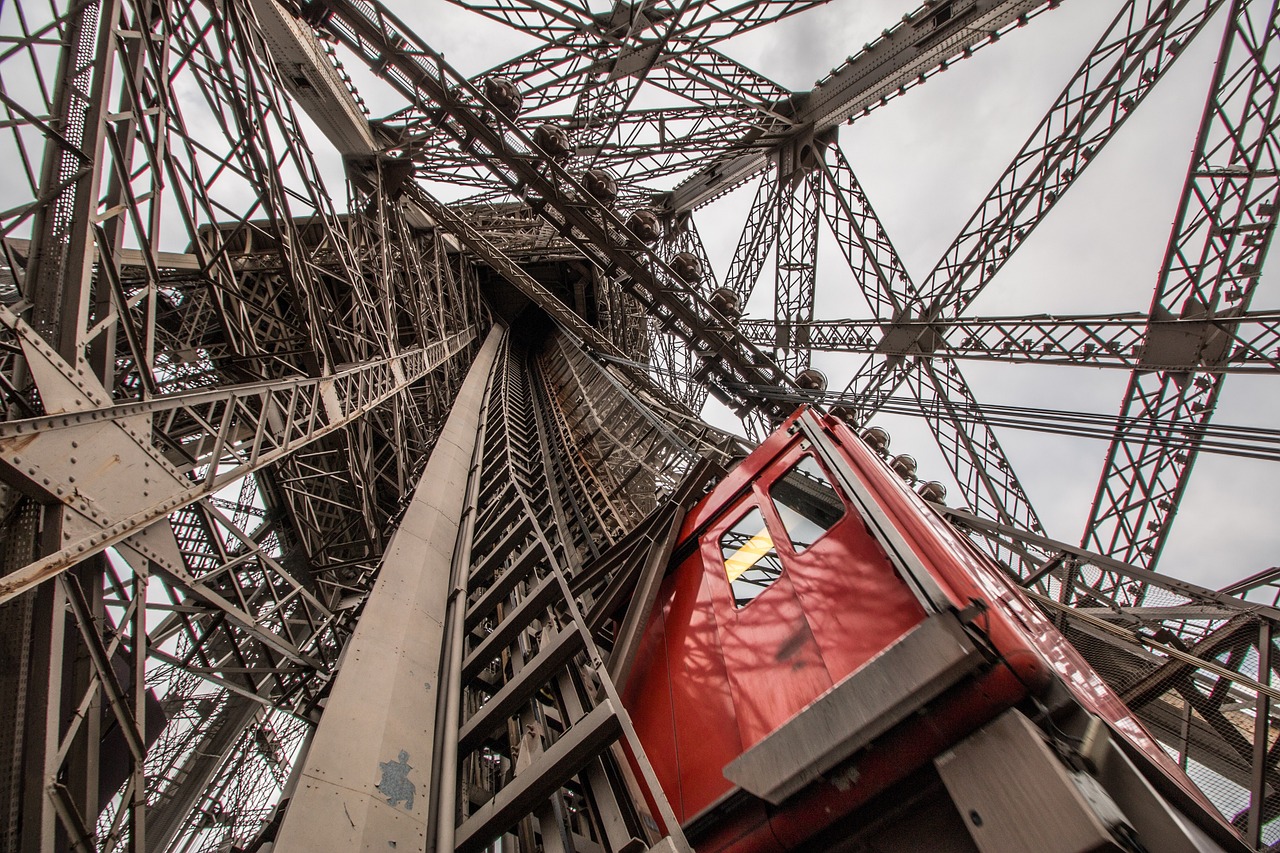The Eiffel Tower is an iconic symbol of France and stands as one of the most recognizable structures in the world. The Tower in Paris on the Champ de Mars near the Seine River, the tower is an architectural marvel with a rich history.
The City of Lights wouldn’t be the same without its iron embrace.
The Eiffel Tower, a marvel of latticework and wrought iron, pierces the Parisian sky with its elegance. It’s more than just a landmark; it’s a symbol of romance, innovation, and the enduring spirit of France.
The Eiffel Tower Design and Construction

The Eiffel Tower was designed by the French engineer Gustave Eiffel, whose company specialized in metal constructions. The design team, led by Maurice Koechlin and Émile Nouguier, included architect Stephen Sauvestre.
Construction began on January 28, 1887, and took a little over two years, involving around 300 workers. The tower was completed on March 15, 1889, and officially opened to the public on March 31, 1889.
Standing at 324 meters (1,063 feet), the Eiffel Tower was the tallest man-made structure in the world until the completion of the Chrysler Building in New York in 1930.
The tower’s framework is made of iron, with over 18,000 individual parts and 2.5 million rivets. It weighs approximately 10,100 tons.
Purpose and Public Reception

The tower was originally constructed as the entrance arch for the 1889 Exposition Universelle (World’s Fair), held to celebrate the 100th anniversary of the French Revolution. Initially, it faced criticism from many prominent Parisian artists and intellectuals for its design. However, over time, the Eiffel Tower gained acceptance and became a beloved landmark.
Built for the 1889 World’s Fair, the Eiffel Tower wasn’t always adored. Some Parisians found its design jarring. But like a fine wine, it matured into a beloved icon. Today, it’s a bucket list topper for travelers around the world.
The Eiffel Tower Structure and Features

The Eiffel Tower is divided into three levels, accessible to the public:
- First Level: At 57 meters (187 feet) above ground, the first level houses exhibitions about the tower’s history, a restaurant called “58 Tour Eiffel,” and glass floors offering unique views of the structure below.
- Second Level: Situated at 115 meters (377 feet), this level provides excellent panoramic views of Paris. It is home to the famous restaurant “Le Jules Verne,” which offers fine dining with stunning vistas.
- Third Level: The highest accessible point, at 276 meters (906 feet), features an observation deck with sweeping views of Paris and beyond. Gustave Eiffel’s private office has been recreated here, complete with wax figures of Eiffel and other notable personalities.
Cultural Impact and Significance
The Tower has become a global cultural icon, representing not just Paris, but all of France. It has been featured in numerous films, books, and artworks, symbolizing romance, innovation, and French heritage. The tower attracts millions of visitors each year, making it one of the most visited paid monuments in the world.
Technological and Architectural Significance
The Tower’s construction marked a significant achievement in engineering and architecture. It demonstrated the potential of iron as a building material and paved the way for future skyscrapers. Its lattice structure efficiently handles wind resistance, making it both strong and lightweight. The design principles used in the tower influenced the development of modern structural engineering.
Preservation and Modern Use
Despite initial plans to dismantle the tower after 20 years, it was preserved due to its usefulness as a radiotelegraph station. Today, the Eiffel Tower continues to serve as a broadcast tower for radio and television signals. Ongoing maintenance ensures its preservation, with regular painting and structural inspections.
The Eiffel Tower remains a testament to human ingenuity and artistic expression. Its blend of aesthetic beauty and engineering brilliance continues to inspire awe and admiration, making it an enduring symbol of Paris and a pinnacle of 19th-century architecture.
A Parisian Must-Do
Visiting Paris and skipping the Eiffel Tower? Unthinkable! Explore its rich history, take in the breathtaking views, or grab a bite at one of the on-site restaurants. And wait until nightfall! The tower’s magical twinkle is an unforgettable sight.
What are your Eiffel Tower memories? Share them in the comments below!


0 Comment